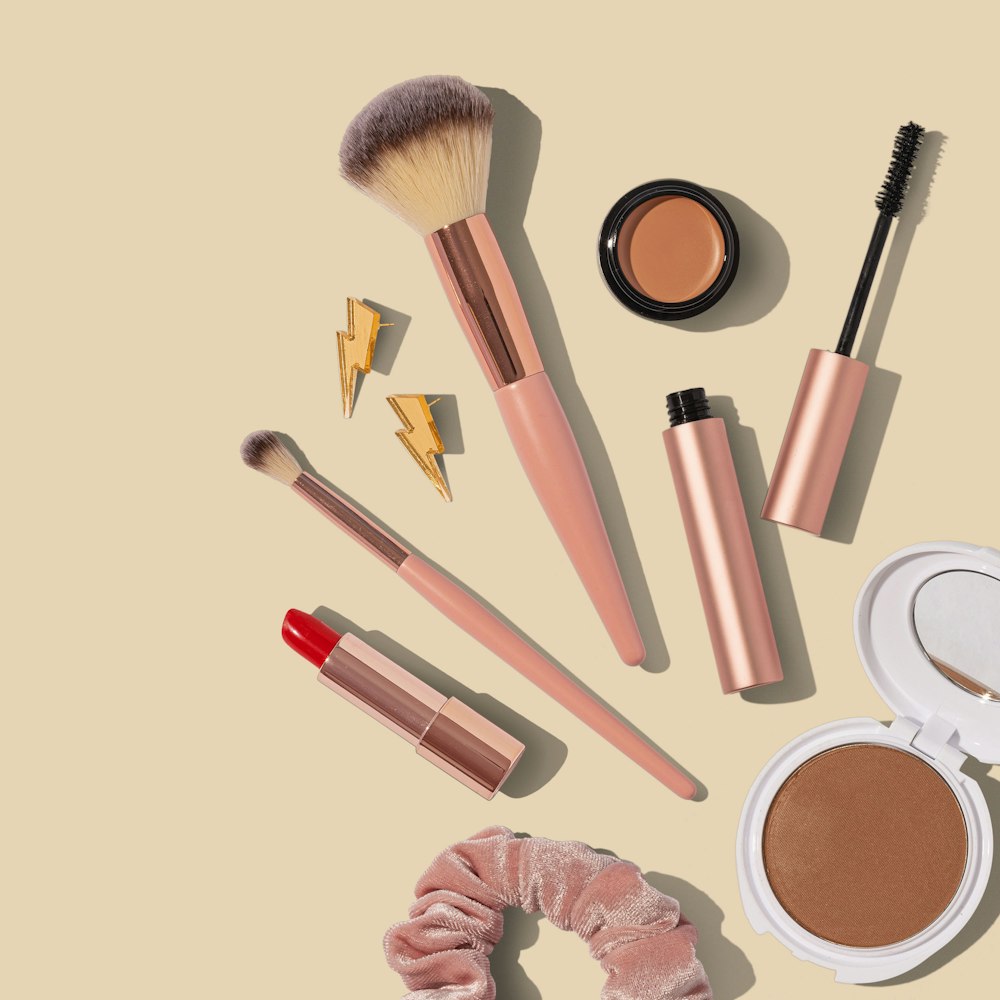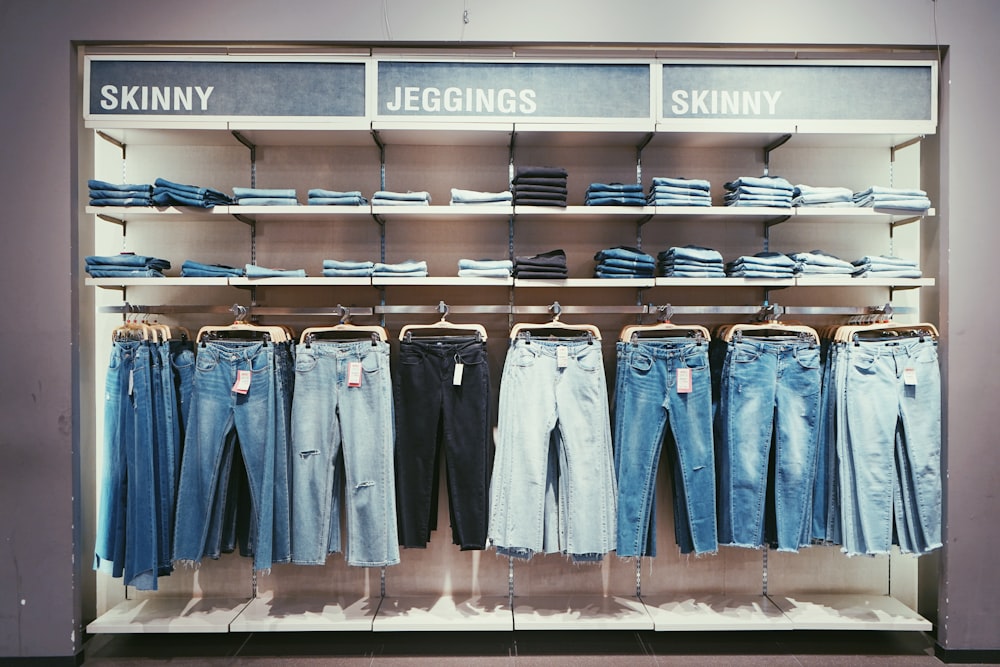These four surprising stats will make you rethink how you test your ad creative
As new privacy regulations make effective audience targeting harder and harder, marketers and advertisers are realizing the increased importance of their ad creative in generating leads and sales. In turn, testing ad creative is now a crucial business process and traditional means, like A/B testing, no longer cut it. To test ad creative at scale, innovative marketers are turning to multivariate testing — a method that isolates creative elements and tests tens or hundreds of ads at a time — to understand which ads, and which elements of those ads, work best.
Marpipe is a multivariate ad building and testing platform that helps brands build better ads in half the time and test them at scale. Our customers tested nearly 17,000 ads this year and gained invaluable intelligence about how their ad creative — as well as the images, messages, and CTAs in their ad creative — performed. There are some seriously transformative insights you can only learn from testing in this way. And we want to share some of the more surprising ones we saw across our platform in 2021.
Showing a health or beauty product in use increased sales by 1,200% on average.

Our customers test different types of images to see which ones garner conversions, and which ones do not. Two types of images our health and beauty customers often test are those that show a model using the product and those that show just the product itself (either siloed out in a studio shot or placed within a setting). Overwhelmingly, images that show a model using the product were the winner, boosting conversions by an average of 1,200%. These types of images help customers understand how the product works rather than just what it looks like, building a tutorial of sorts right into the ad.
Positioning discounts as a dollar amount increased sales by an average of 300%.

Testing messaging, including discounts, can also unlock powerful findings. When our direct-to-consumer customers positioned the exact same discount as a dollar amount rather than a percentage, the dollar amount proved victorious. Perhaps showing the dollar amount allowed customers to skip doing the math to understand what they’d save. This subtle difference resulted in a 300% increase in sales on average.
Images of clothing alone increased sales by more than 600% on average.

Contrary to our findings for health and beauty brands, our apparel customers found that images of clothing alone — usually placed in a setting (laid out on a chair or next to some accessories) — outperform images of that same item of clothing on a person. Perhaps seeing clothing on a model with a body shape dissimilar to their own makes it more difficult for customers to envision themselves wearing that item. In any case, this change resulted in a more than 600% sales increase on average.
Beach imagery in travel ads drove nearly 70% of all leads.

Maybe not so surprising is that images of beaches in ads were consistently a top performer for travel brands on Marpipe. But what might be surprising is just how well they performed — resulting in almost 70% of all leads this year. Perhaps the idea of a beach vacation rings particularly inviting as we close in on two years since the beginning of the Covid-19 pandemic. It will be interesting to see if beaches continue to reign in the coming year or if a new type of destination will take over.
Only multivariate testing can deliver intelligence like this.
To capitalize on findings like these, you first have to uncover them for your brand. Using a multivariate approach to testing ad creative is the only way to get there. Imagine what you might find out with a simple shift in your testing process. It could be the shortcut you need to next-level ad performance.
